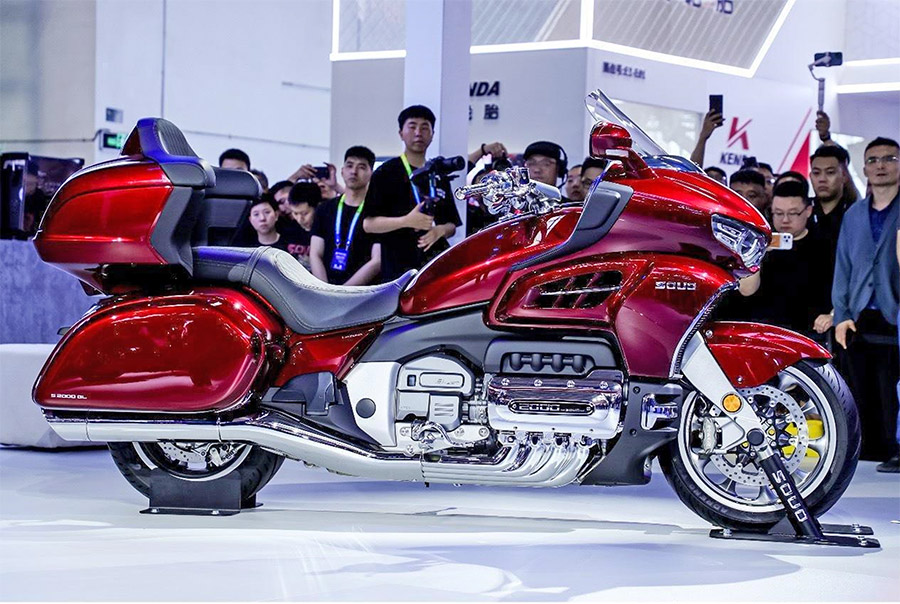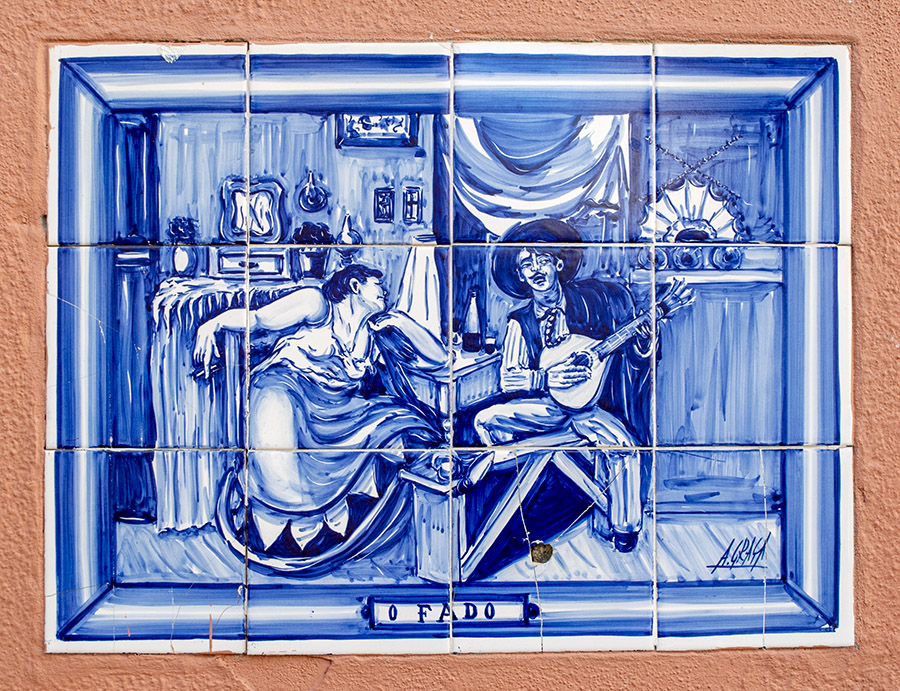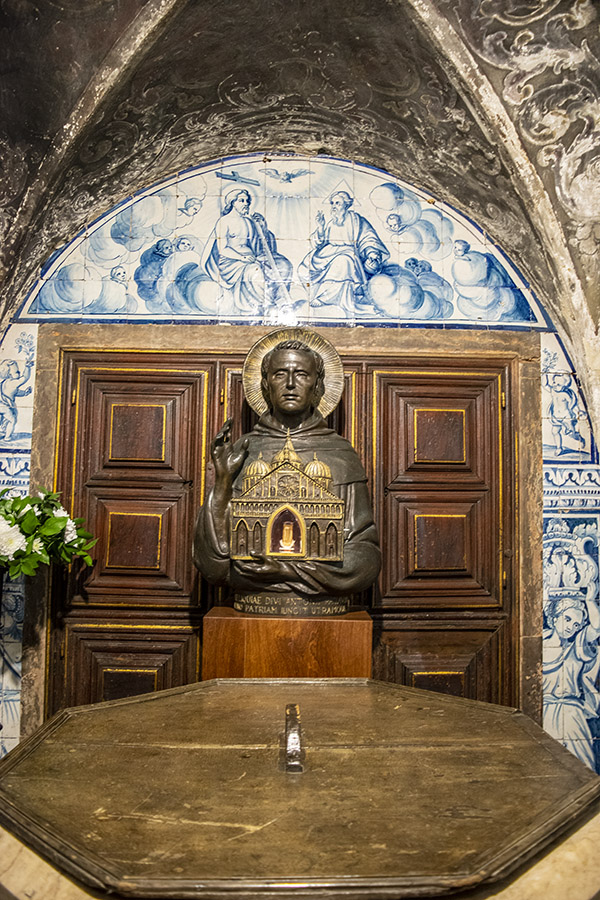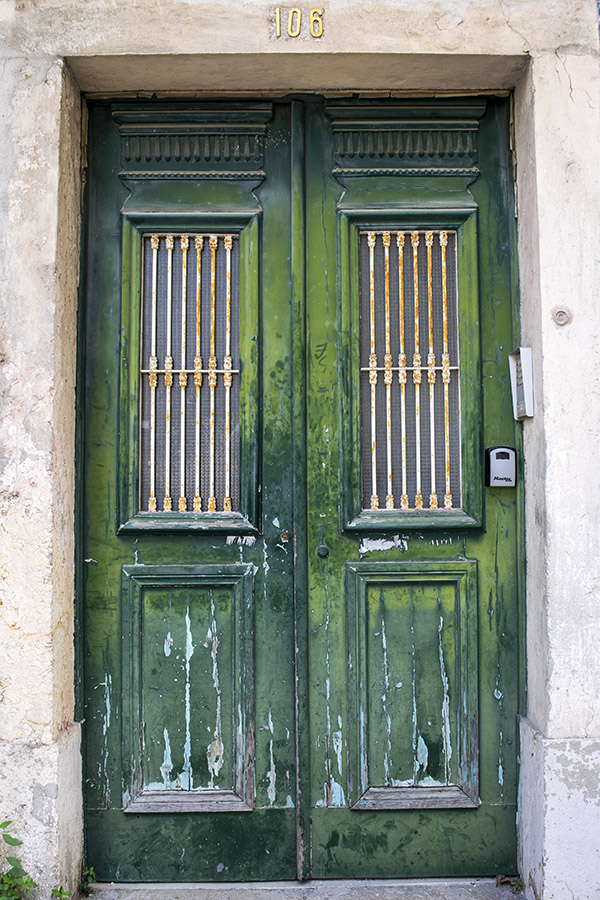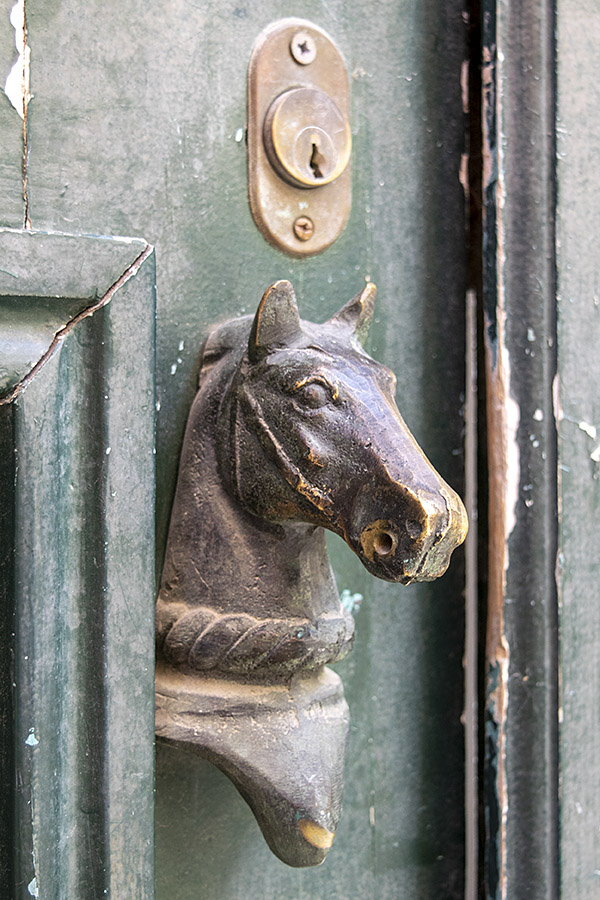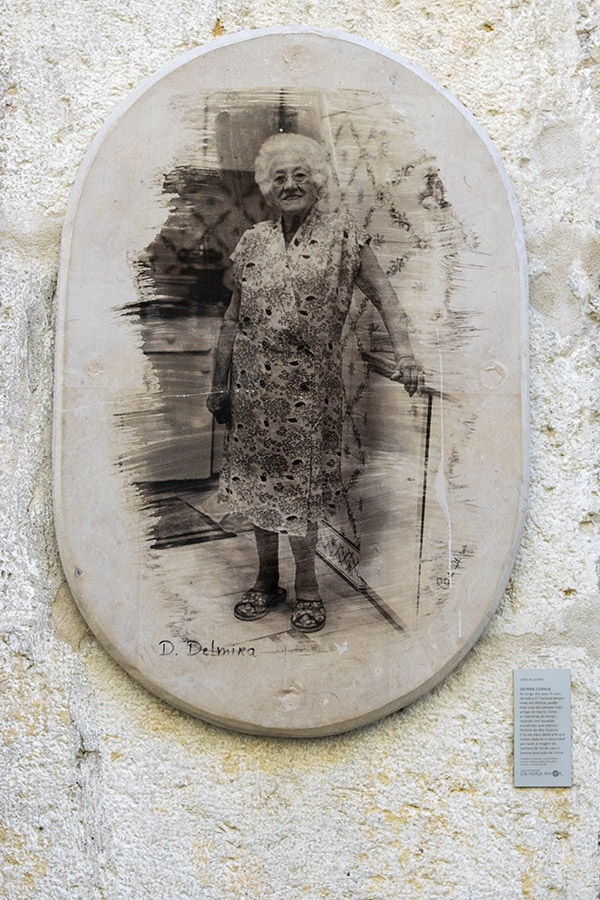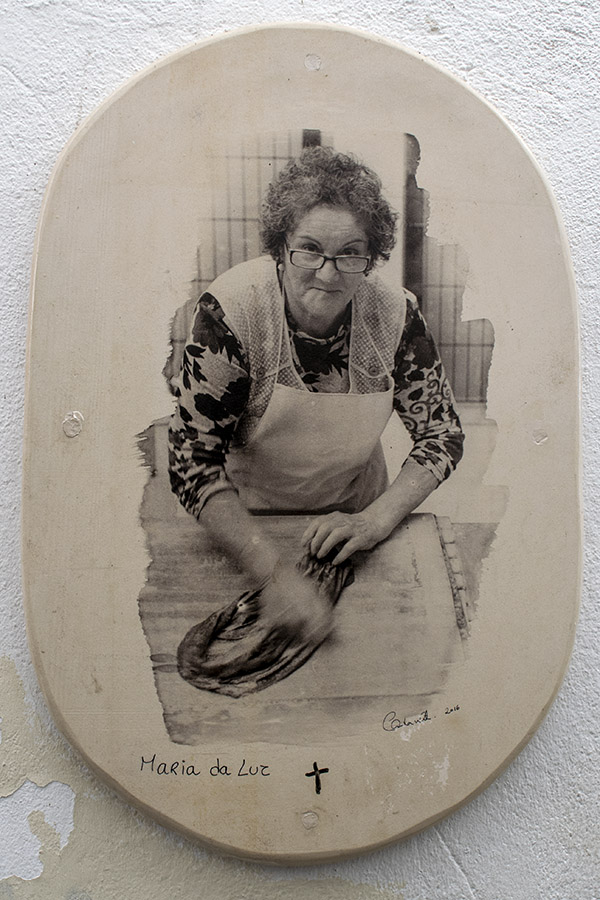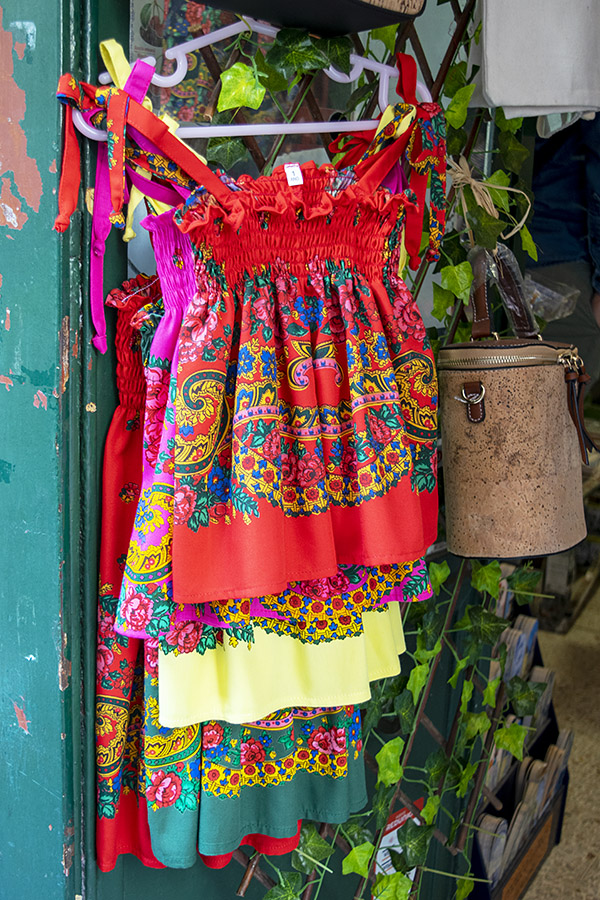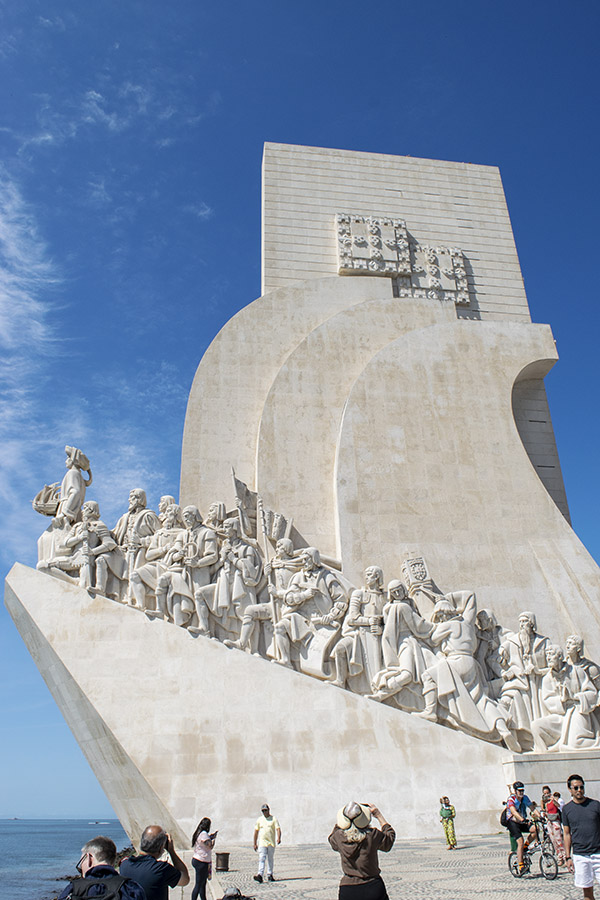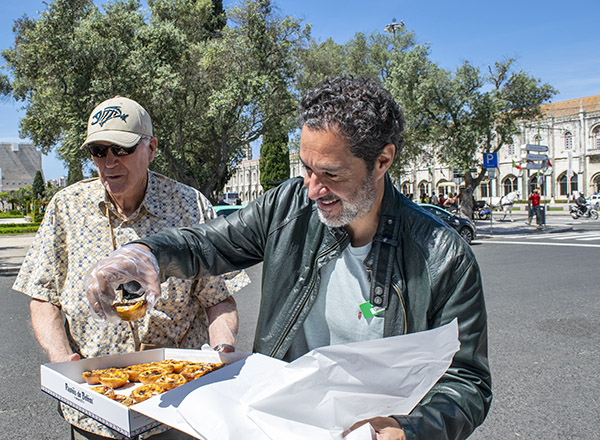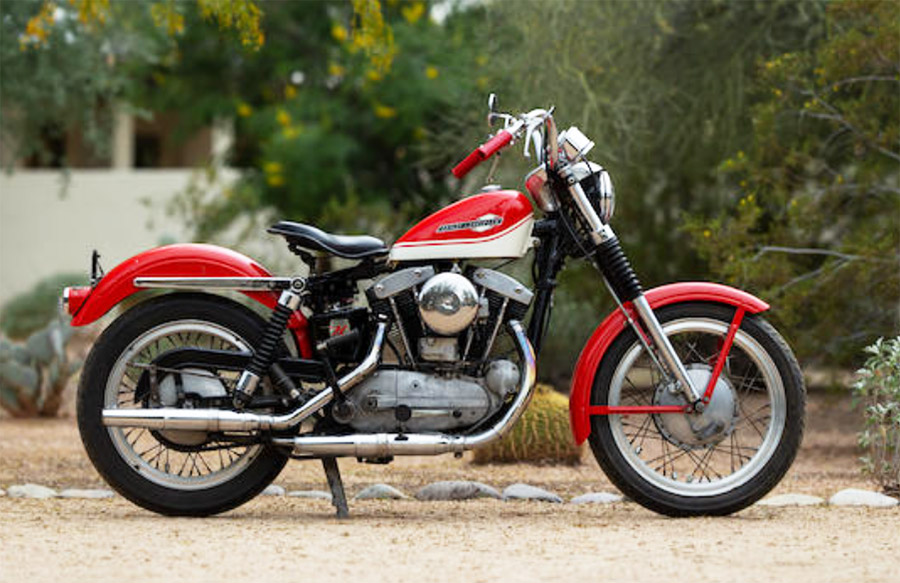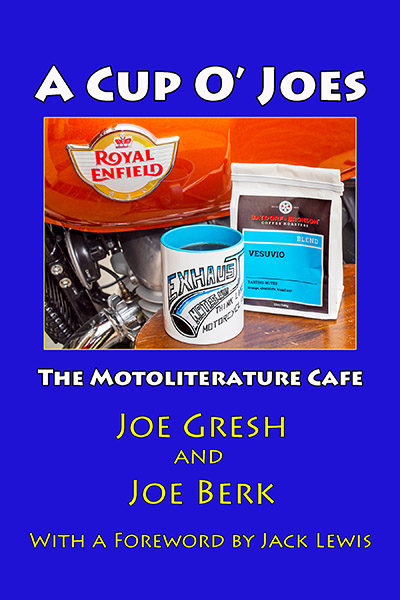I’ll bet you thought you were looking at a Gold Wing when you opened this blog.
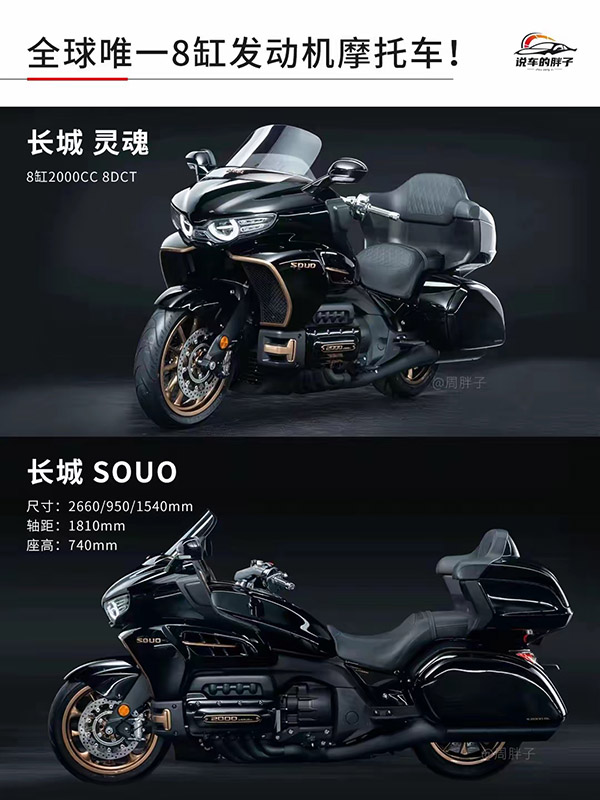
Wow, the world is full of surprises. On my first foray into the Chinese motorcycle industry (a trip to Zongshen’s giant manufacturing campus in Chongqing), I was blown away by the size and sophistication of that company. Since then, I’ve been to China many times (including a visit to the Canton Fair, China’s significant motorcycle industry trade show). I thought I’d seen it all, and then I found this email from good buddy Fan in my inbox:
Hi Joe:
How are you, friend?
I’d like to share a news to you, of course it’s still about motorcycles/
A motorcycle exhibition was held in Beijing from May 17th to 20th.
Most of the products were still unremarkable to me, but one motorcycle sparked interest. This is a cruiser developed by Great Wall Motors, a Chinese automobile company. Its appearance may remind you of the Honda Gold Wing. At first, I thought this was another simple imitation of another motorcycle, but when I understood its structure and parameters, I found that it was not that simple. This cruiser is named SOUO and is equipped with a 2000cc engine with 8 cylinders, while the Honda Gold Wing is 1600cc with 6 cylinders only.
The price of this motorcycle has not yet been announced, but it is said that it will start accepting reservations in August. I guess the retail price should be 250,000 yuan, about 35,000 US dollars.
For your reference.
Best regards!
Fan
Whoa! 2000cc! Eight cylinders! An 8-speed dual clutch transmission! Talk about overkill!
I wonder what it weighs.

I tried to find what SOUO translates to in English, but it doesn’t translate to anything. What I found online is that SOUO is an acronym (you know, an abbreviation that forms a word). SOUO means “Search Own, Unlimited Outlook.”
This is a huge step in the Chinese motorcycle world. How Great Wall Motors markets the bike will be interesting to watch. I would think one of their principal markets has to be the United States (where else could it be?), but I have to wonder how many they think they are going to sell. Assuming the motorcycle could meet U.S. Department of Transportation and EPA emissions requirements (it most likely would, as the bikes I assisted in guiding through U.S. certification requirements all did), and assuming someone steps up to pay the roughly $50K associated with going through the certification process, how many people are willing to drop $35K on a new Chinese motorcycle? That’s more than what a new Gold Wing, a new BMW, or a new Harley costs. It’s a steep sales hill and it will require a significant marketing effort. I think the issues are the small size of the target market, the target market’s willingness to go with a new and unproven Chinese product (instead of a Gold Wing, a BMW, or a Harley), the price, and questions about Chinese motorcycle reliability and parts availability.
No one has asked for my advice on this, but that’s never slowed me down before. Here’s what I’d do:
-
- Lower the price dramatically to bring new folks to the table. The RX3’s initial price was a scant $2895 and none of the other manufacturers could touch that price. CSC didn’t make money on those bikes, but we more than made up for that with future sales, accessory sales, and building a loyal customer base.
- Do something similar to what we did at CSC to convince people the RX3 was a superbly reliable motorcycle. CSC sponsored a series of adventure tours to demonstrate the RX3’s reliability. Zongshen sponsored the 5000-mile Western America Adventure ride, and CSC sponsored a series of Baja rides. These events served us well. With the SOUO motorcycle, I’d think they might consider working a deal with the Southern California Motorcycle Club and the Iron Butt Association and run several of their bikes in their events, to include a Four Corners Ride (a ride that hits all four geographic corners of the U.S.), the Three Flags Ride (a rally from Mexico through the U.S. to Canada), and an Iron Butt ride (a run that covers 11,000 miles in 11 days). On top of that, I’d offer a 10-year warranty, kind of like Hyundai did with its cars.
- Bring in a huge spare parts inventory and brag about it. Folks will naturally worry about spares. Bring in enough to build complete bikes and let everyone know it. It’s what CSC did and it blew away any concerns about parts availability.
- Build a U.S. manufacturing facility. Boy, this could get complicated fast. But Great Wall Motors needs to address the U.S. disdain for Chinese products and the ongoing U.S./China trade war. Doing so is above my pay grade, but I would think making this bike in America would get around a lot of issues.
- Go balls out on a product placement campaign. The U.S. motorcycle market for big touring machines is primarily old guys, and we are dying off. One way to attract new blood is to get the bike featured in movies and streaming TV shows. You know, like BMW and Triumph have done in the Bond and Mission Impossible franchises. (“Balls out” is not an obscene anatomical reference to moving at great speed; the phrase actually comes from the old mechanical centrifugal governors used on steam and internal combustion engines.)
This motorcycle is an interesting development. I don’t think we’ll see SOUO motorcycles here in the U.S. any time soon, but I’d sure like to. In the meantime, here are a few more photos.
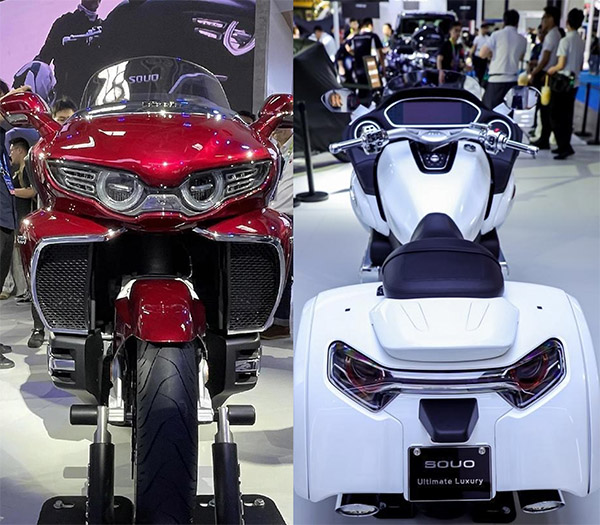


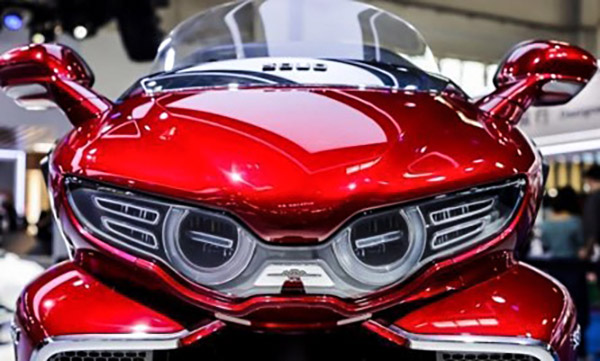
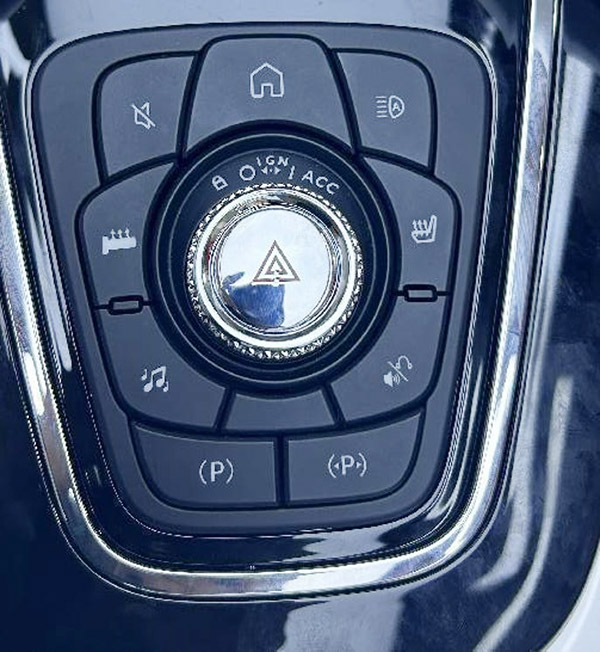
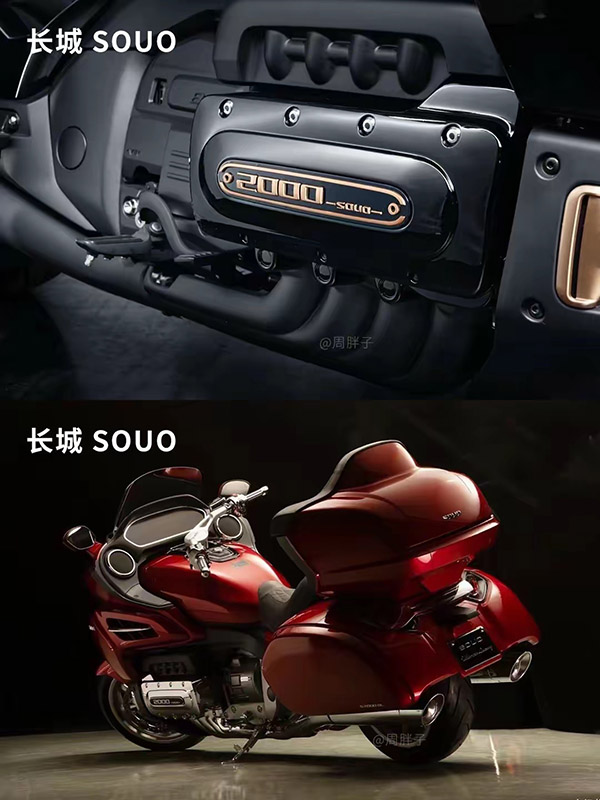
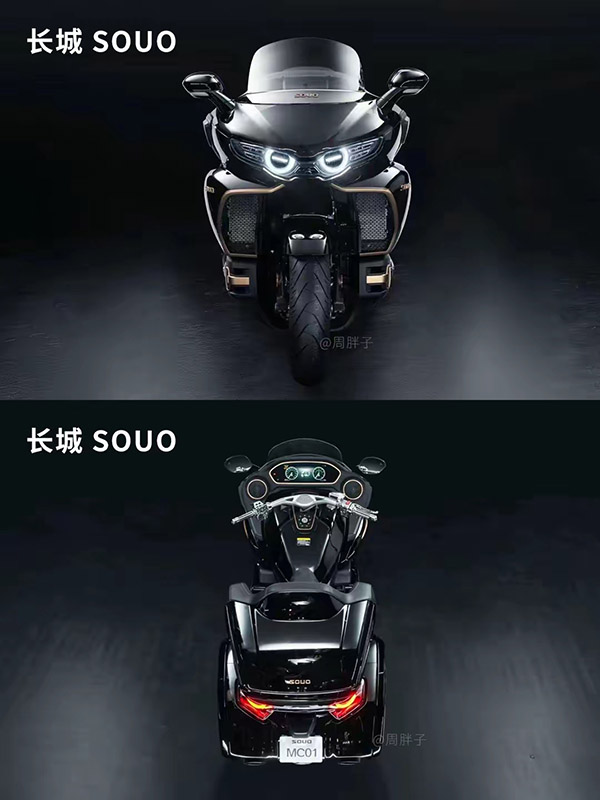
Never miss an ExNotes blog:

